NIO brand always has plenty of topics, like a celebrity has its own traffic-generating attribute.
The attention from the internet to NIO is like the kind neighbor’s concerns and curiosity asking “Have you found a partner?”, “Have you got married?” This kind of comment reveals their interest in watching the excitement.
NIO is a very pragmatic company, having survived innumerable rounds of bleakness when no one believed they would succeed and seeing the darkness before the dawn of financing. In the early days, NIO offered a salary that surpassed traditional automakers during the height of LeTV’s competitiveness.
I remember overhearing two girls with NIO work badges in the elevator discussing, “A classmate next door at LeTV are receiving a salary of $ xx, which is much higher than ours.” The other girl replied, “LeTV never runs out of money.” Of course, you also know the rest of the story.
Don’t ask, just tell you “I’m going back next week.”
Recently, NIO Automobile and Hefei City signed a cooperation framework agreement, according to which NIO Automobile’s China headquarters will be located in Hefei. The project includes setting up NIO’s car headquarters in Hefei, establishing R&D, sales, and production bases, creating an operational system for the Chinese headquarters centered around Hefei. The project plans to finance more than 10 billion CNY.
Although NIO’s global headquarters is still in Shanghai, it ultimately failed to keep NIO wholly in Shanghai. After all, Tesla has already started delivering and producing in the billions of dollars of bank loans for its Shanghai factory, and the second phase is already under construction.
For a long time, the ES8 and ES6 of NIO did not have any same-priced competitors in their respective sub-segments. With the future domestic production of Tesla Model Y, NIO’s new ES6 and EC6 cars will face tough rivals in the sub-segment. Considering that EC6 is based on ES6’s Coupe model, the price difference should not be significant.
Recently, Tesla announced the prices of domestically produced Model 3 Long Range and Performance models, which have been significantly reduced, attracting many old investors’ complaints.
As the domestic production rate improves, Tesla’s prices are expected to further decrease, how much price advantage does ES6 still have compared to Model Y? NIO does not have much time left to take up half of the market for A-class vehicles. Both NIO and Tesla have not yet established their layout.
Tesla and NIO, among others, use ADAS driving assistance systems as a selling point.

Visual Fusion Full Automatic Parking System & Automatic Assisted Navigation Driving
On April 1st, NIO released an update preview of NIO Pilot. Based on the functional level, it adds “Visual Fusion Full Automatic Parking System” and “Automatic Assisted Navigation Driving.”Visual Fusion Automated Parking System: In terms of parking, it adds the fusion of the surround view camera and ultrasonic radar. That is to say, previously, it was only possible to park next to a car and not recognize the parking line.
Now, it can finally recognize the parking spaces outlined by the parking line and park automatically. It narrows the gap with the leading companies in automatic parking.
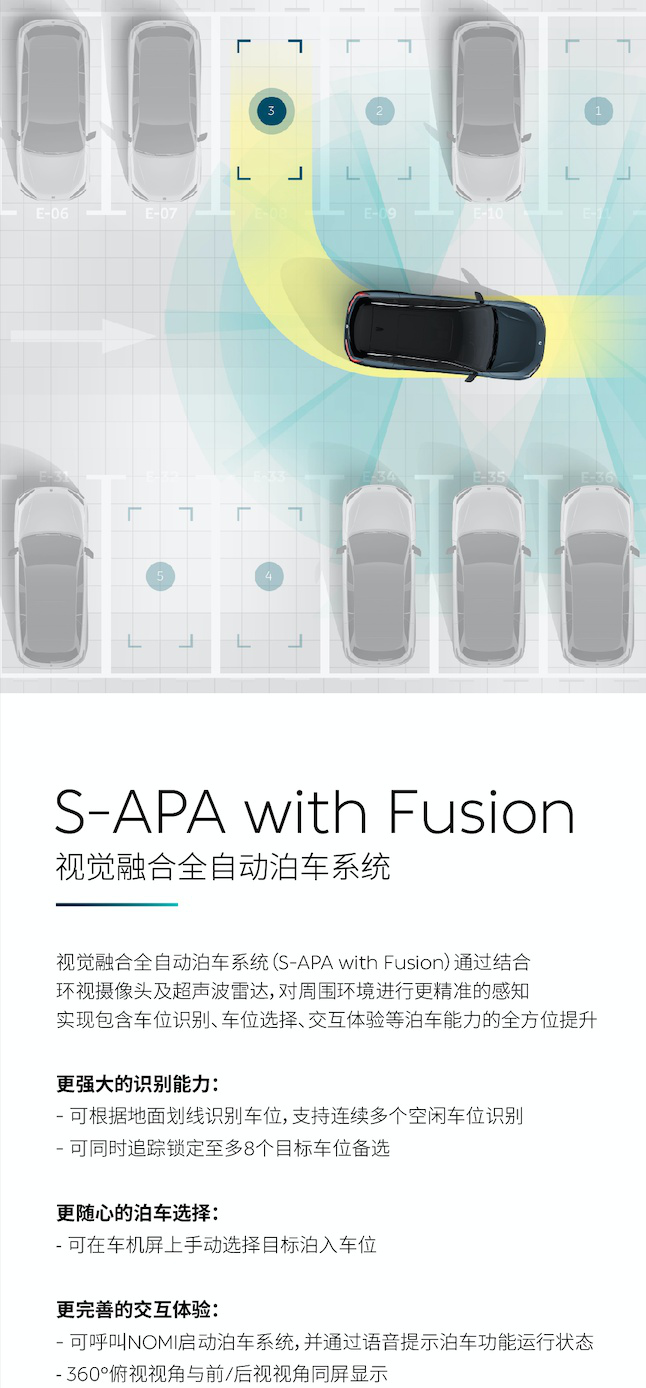
However, compared with brands like Changan and XPeng, remote parking is not yet available for NIO.
For instance, XPeng automobiles allow the driver or passengers to control the entire parking process outside the car through the car key or mobile App. One reason is to provide convenience when parking in narrow spaces by allowing drivers to exit the car beforehand. Additionally, by observing external obstacles, it helps to avoid scratching incidents.
At low speeds, Changan parking functions can automatically activate the surround view camera on the side where the turn signal is activated when the driver uses the turn signal. This allows drivers to learn about the road conditions, especially when performing parallel or side parking, where it is easy to avoid scratching the wheels.
However, since NIO’s automatic parking system automatically activates at low speeds, it may mistakenly assume that the driver is looking for a parking space when stuck in slow traffic.
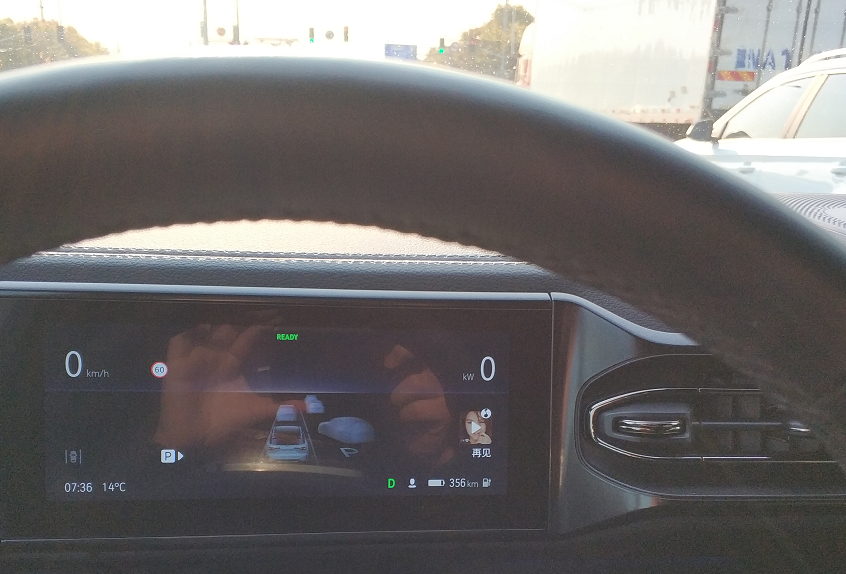
Automatic Assisted Navigation Driving System: Similar to Tesla’s Navigate on Autopilot function, it is suitable for closed roads such as highways, where it can automatically adjust the speed according to the speed limit along the driving route integrated with the navigation. It can also automatically activate the turn signal to change lanes and overtake slow vehicles along the way. When arriving at the destination, it automatically leaves the highway and enters the ramp.

These two new functions have not been pushed yet, so they have not been tested. As these functions are updated and pushed, there will likely be many relevant evaluations online.
ES6 NIO Pilot Test
The test of the ES6 driving assistance system left a deep impression. Overall, the functionality still exceeds that of traditional companies such as Volkswagen, Toyota, and Geely, which currently dominate the market. With a critical eye, we can explore where NIO Pilot can further improve.
The NIO Pilot utilizes the Mobileye EyeQ4 chip with three cameras as the main sensor and front and four-way corner radars to achieve its functions. In addition to Mobileye’s functions, NIO Pilot’s driver assistance system has basic features like blind spot monitoring and parking, which are basically consistent with those of competitors, without more highlights.
If NIO wants to improve comprehensively in parking and other areas, it may need to increase its self-research investment. However, with the launch of Mobileye’s next 360° camera perception solution, this situation is expected to be optimized.
NIO Pilot performs well on the highway with clear lane markings and less curved roads, relying on Mobileye’s advanced technology, which is considered good among most car companies except Tesla.
During the process of circling N rounds on the Nanpu Bridge, the ES6 NIO Pilot can basically drive by itself. On a sunny day, when the sun shines directly and the car is driving with large curvature, NIO Pilot will prompt to take over, but immediately resumes control after less than half a second.
Overall, NIO Pilot’s performance is surprisingly impressive and should exceed the level of most competitors, like the XPeng G3 that cannot cope with much smaller curves, and ES6 can easily handle even a dark night without streetlights.
However, in Ring Road and other similar roads, with many tunnels and unclear lane markings, with large lane curve radii, the driver needs to constantly pay attention to the working status of NIO Pilot and be ready to correct and take control of the vehicle. Sometimes, the vehicle does not travel in the middle of the lane and may deviate to the left or right.
When dealing with the scenario of cutting in, when half of the cut-in vehicle enters the lane, ES6 will regard it as the target vehicle in front, but often suddenly brakes at the moment of recognition to maintain the set safe distance. This affects ride comfort, and we do not know if it is possible to react to the cut-in vehicle in advance to avoid heavy braking.When driving through multiple tunnel sections on the highway, the NIO Pilot performs very well and is not affected by sudden changes in brightness, whether it’s the sudden darkness at the beginning of the tunnel or the blinding sunlight when exiting the tunnel. However, if the vehicle is entering or exiting a curved section of the tunnel while facing direct sunlight, the NIO Pilot will momentarily disengage.
Furthermore, the automatic light sensing system for the LCD instrument panel takes about 1-2 seconds to adjust to the brightness outside when exiting the tunnel, leaving the screen almost completely dark and unreadable. To address this issue, it is suggested that the screen brightness be adjusted in advance according to tunnel length and vehicle speed, based on map data.
While the display on the NIO instrument cluster is generally good and provides rich content such as display of surrounding vehicles and electric cars, there are still some areas for improvement. The two images below show the NIO Pilot activation status and non-activation status respectively.
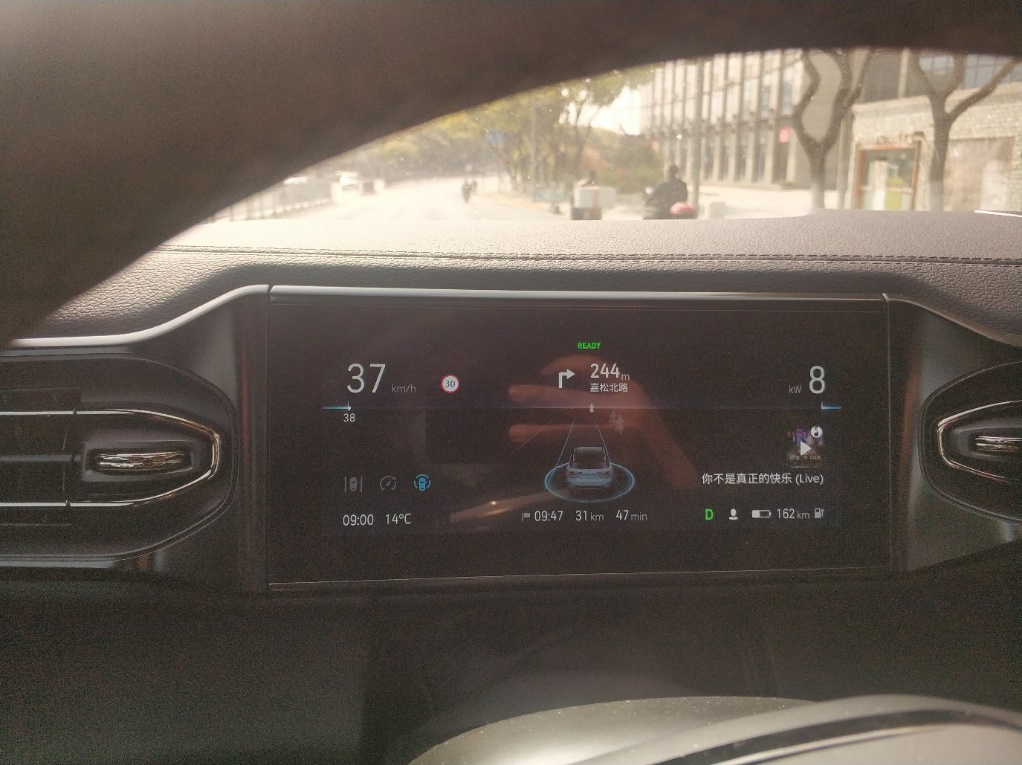
NIO Pilot Activated
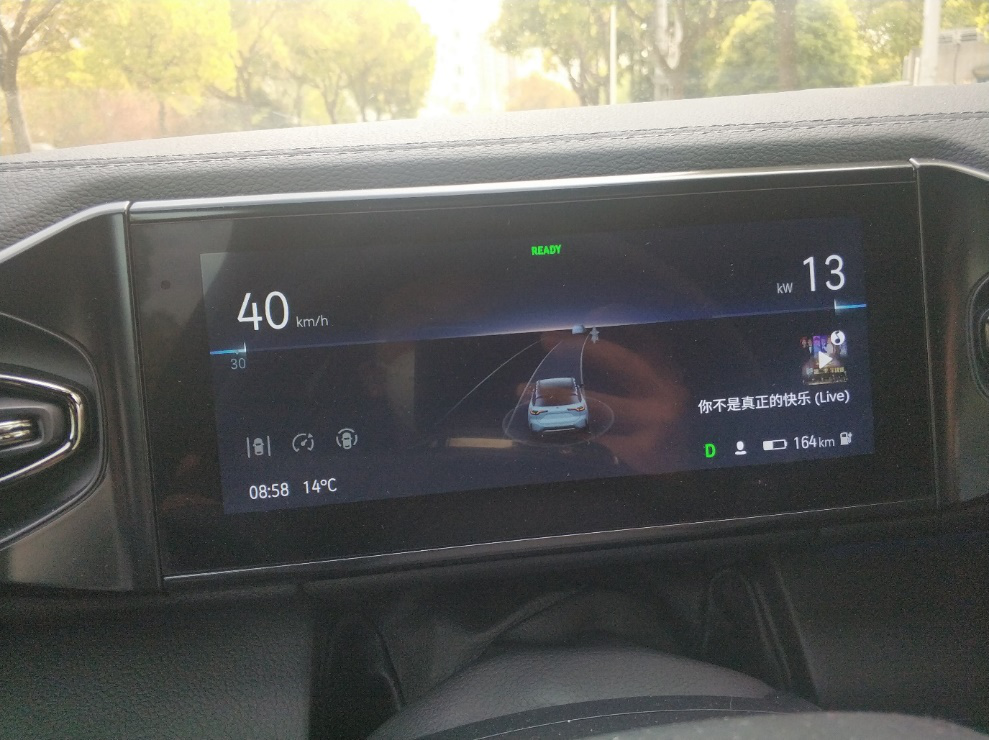
NIO Pilot Deactivated
From the display interface, it is difficult for users to distinguish whether the NIO Pilot is activated or not. Although it can be distinguished with audio prompts from Nomi, in some areas with unclear lane markings, frequent disengagement and re-engagement of the NIO Pilot can confuse users who rely solely on Nomi’s reminder. It remains to be seen if more obvious distinctions, such as animation or clear color changes like those on Tesla’s lane information display, will be made when activating the Pilot function.
HUD displays currently provide limited information compared to those of other competitors, which can show ADAS information. With the requirements of Euro NCAP and China NCAP for Emergency Lane Keeping tests, there is a demand to recognize various conditions such as grass and sidewalks. Optimization in this area can improve usability.
Given that the Mobileye camera can currently recognize solid and dashed lane lines and can identify sidewalks and guardrails at road edges, if NIO Pilot can take advantage of this information to optimize its display interface, it could achieve better results.
As shown in the figure below, Volkswagen uses this information to display the curbstones in the blue box on the virtual display. This not only makes the display more delicate but also informs the driver: “Oh, my car knows that there is a guardrail/curb next to me, and it won’t hit it by itself.”
Therefore, this can also make up for the slight deviation to the left/right when NIO Pilot keeps the lane in some situations, giving drivers more confidence.
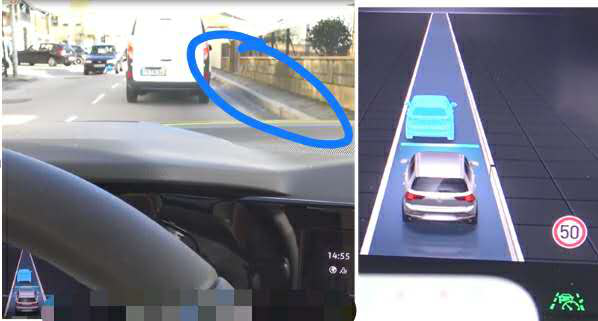
Automatic lane change by turning on the turn signal is still quite useful in urban and national road environments, even at relatively low speeds, in the case of the ES6. This is somewhat advantageous compared to XPeng G3 and Model 3.
However, in high-speed situations, Tesla’s agility when changing lanes is much better than NIO’s, and XPeng G3’s lane-changing by turning on the signal is difficult to trigger in dense traffic, and the ease of use is relatively low, requiring further optimization in the future.
In urban low-speed stop-and-go road sections, it is generally not suitable to use the NIO Pilot system, and manual driving may be more comfortable and convenient. NIO Pilot uses the camera as the main sensor to identify surrounding vehicles and lane lines.
When passing through traffic lights, the lane lines disappear, and the Pilot system immediately exits and requests to take over. This is basically the same as other manufacturers except Tesla, such as XPeng and Weima. Conversely, even when passing through wider intersections, Tesla vehicles can still pass through the intersection by themselves and then accurately enter the target lane.
As for traffic sign recognition, currently only the display of the current speed limit information is available, but there is no intelligent speed-assisting system capable of automatically limiting the speed of the vehicle based on the speed limit information, possibly due to the low accuracy of the system’s perceived speed limit information. Sometimes incorrect speed limit information appears, such as when driving normally on the Beijing-Shanghai expressway, the instrument displays a speed limit of 40, and it is unclear where the recognition error occurred.
It is recommended that the recognized speed limit sign and navigation information be cross-checked before reliable speed limit information is provided to avoid giving a bewilderingly wrong speed limit signal. However, from this example, the lack of an intelligent speed-assisting system is actually a good thing. Otherwise, suddenly braking to 40 km/h while driving on the highway, can you handle it?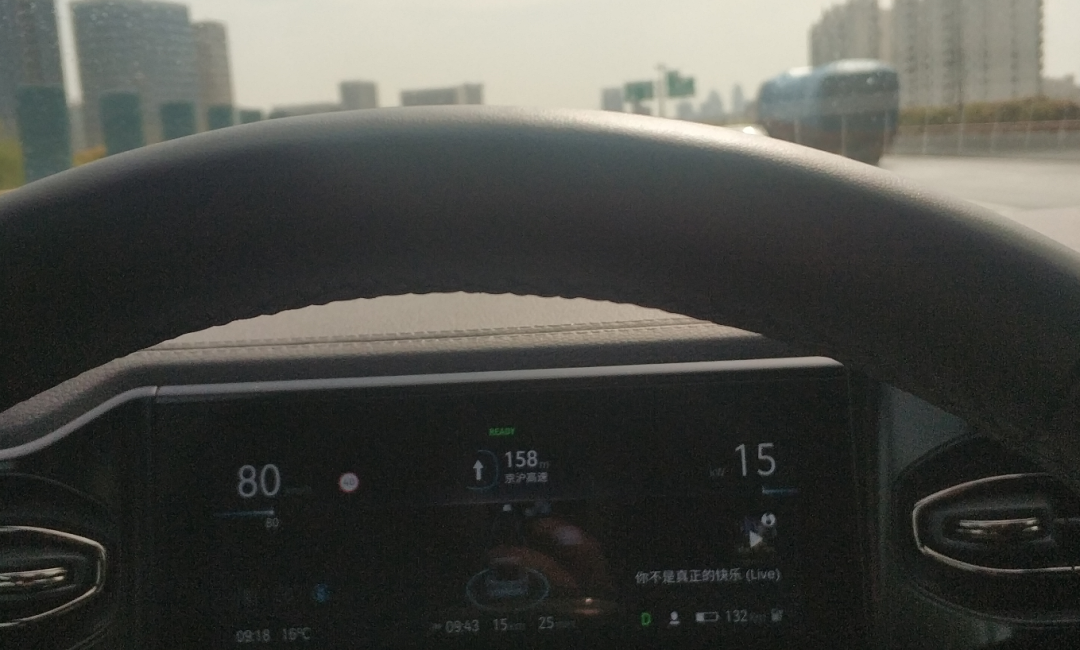

NIO Pilot & Mobileye
Every small update of Tesla’s software brings numerous discussions on topics such as cone recognition, stop sign recognition, and traffic light recognition.
Most of these small surprises from Tesla are for show and have not yet been applied to the Autopilot system. Even if they are applied, they are still in beta status, such as the recognition of traffic lights. It often stops at the red light that should not be stopped and does not stop at the one that should be stopped.
In fact, Mobileye has long had the ability to recognize these features, but they have not yet been applied to the corresponding functions of mass-produced vehicles. Mobileye can currently recognize various traffic signs, as well as roadside electrical poles and more.
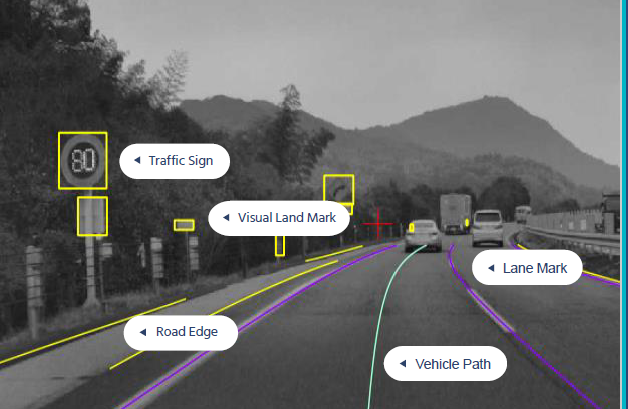
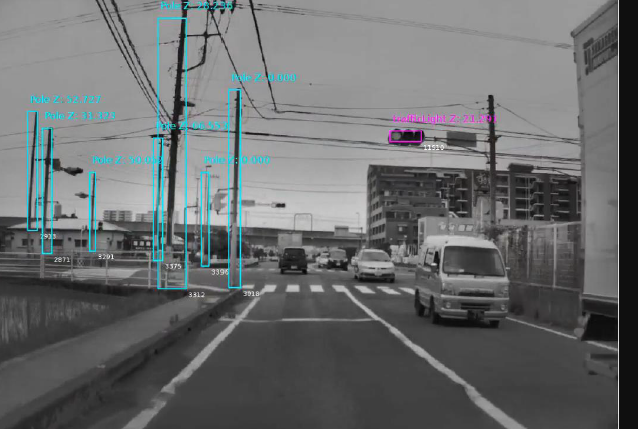
In addition, Mobileye can also recognize manhole covers, telephone booths, electrical poles, road signs, construction sites, and more.

Mobileye’s upcoming 360° sensor recognition is similar to the cameras that are all over Tesla’s vehicles.
However, Mobileye’s recognition capabilities seem to be better than Tesla’s. In addition to regular sedans, it can also recognize trucks/bus and trailers from various angles. This can avoid tragedies caused by assisted driving systems of Tesla or other vehicles colliding with trucks and highway snowplows.
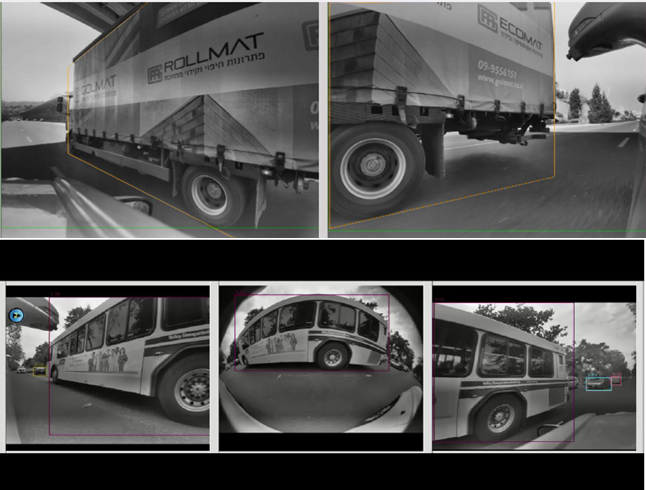
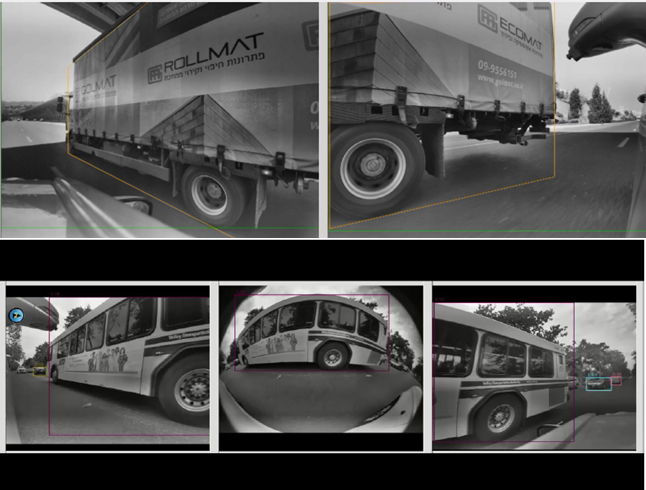
The performance of NIO’s Pilot feature is too dependent on clear lane markings. It performs poorly in areas without clear lane markings, complex lane configurations or unclear lane markings. However, it is believed that this will be improved with the injection of data into Mobileye’s “REM” high-precision map and the data collection process.
More and more brands are collaborating with Mobileye, including BMW, Audi, Volkswagen, Nissan, Roewe, and Great Wall Motors. In the future, cars equipped with Mobileye chips will upload road information from all over the world to Mobileye’s servers for the generation of high-precision maps. This includes the information of every driver who has driven on a particular road segment. For example, all drivers slow down in advance when passing through certain rough roads.
When Mobileye recognizes such anomalies, it transmits the information to the mapping system. In the future, the ADAS system of a vehicle equipped with the Mobileye system will automatically slow down to an appropriate speed when passing through the relevant road segment, thereby avoiding comfort and safety issues caused by incorrect processing.
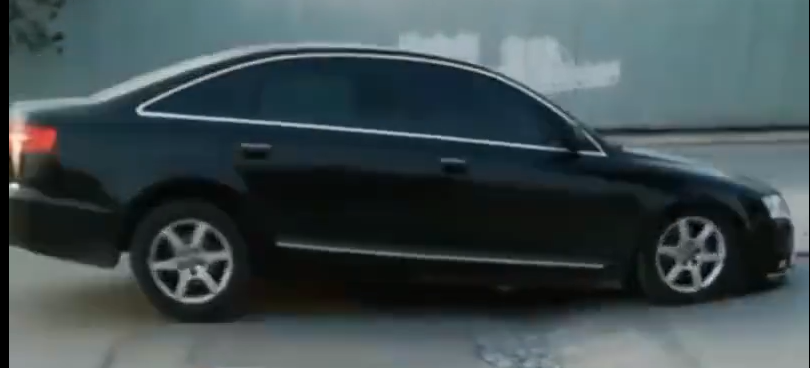
It is believed that in the future, after this information is applied to the driving assistance system, more surprising features can be realized.
Just imagine, a navigation-based Pilot system can not only be used on highways but also on city roads. It can automatically recognize and stop at red lights, automatically remain in the correct lane, and automatically avoid broken manhole covers. These features can greatly increase the comfort and safety of daily driving.
In CES 2020, Mobileye announced its partnership with SAIC in China to collect road map data required for autonomous driving. It relies on the joint venture with Tsinghua Unigroup to solve the issue of mapping qualifications, and cooperates with NIO to develop L4 level autonomous taxis and private cars.
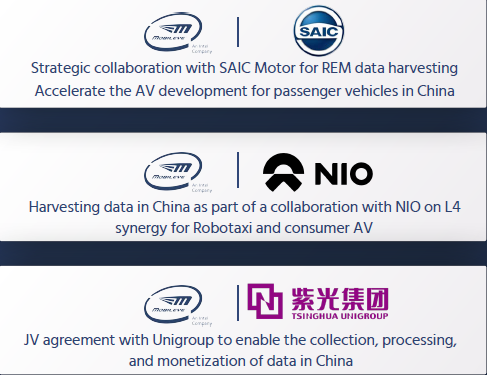
As more and more brands adopt the Mobileye solution, in addition to the human-machine interface display, how to differentiate itself will be a problem faced by various manufacturers in the future. In addition to the close collaboration between BMW and Mobileye, Nissan and Volkswagen have also joined the Mobileye camp, and NIO may face greater pressure.Just like companies that adopt ADAS solutions provided by Bosch/Continental, such as WM Motor, how can they compete with traditional automakers that also use the same supplier? It is difficult for them to receive good reviews in the competition.
The next two years will witness the mass production of L2+ functions. NIO, which has the advantage of being the first mover in the previous two years, must find a way to maintain its advanced features and competitive edge when Nissan, Volkswagen, Toyota and other automakers start to popularize L2+ technology. Time is running out for NIO.
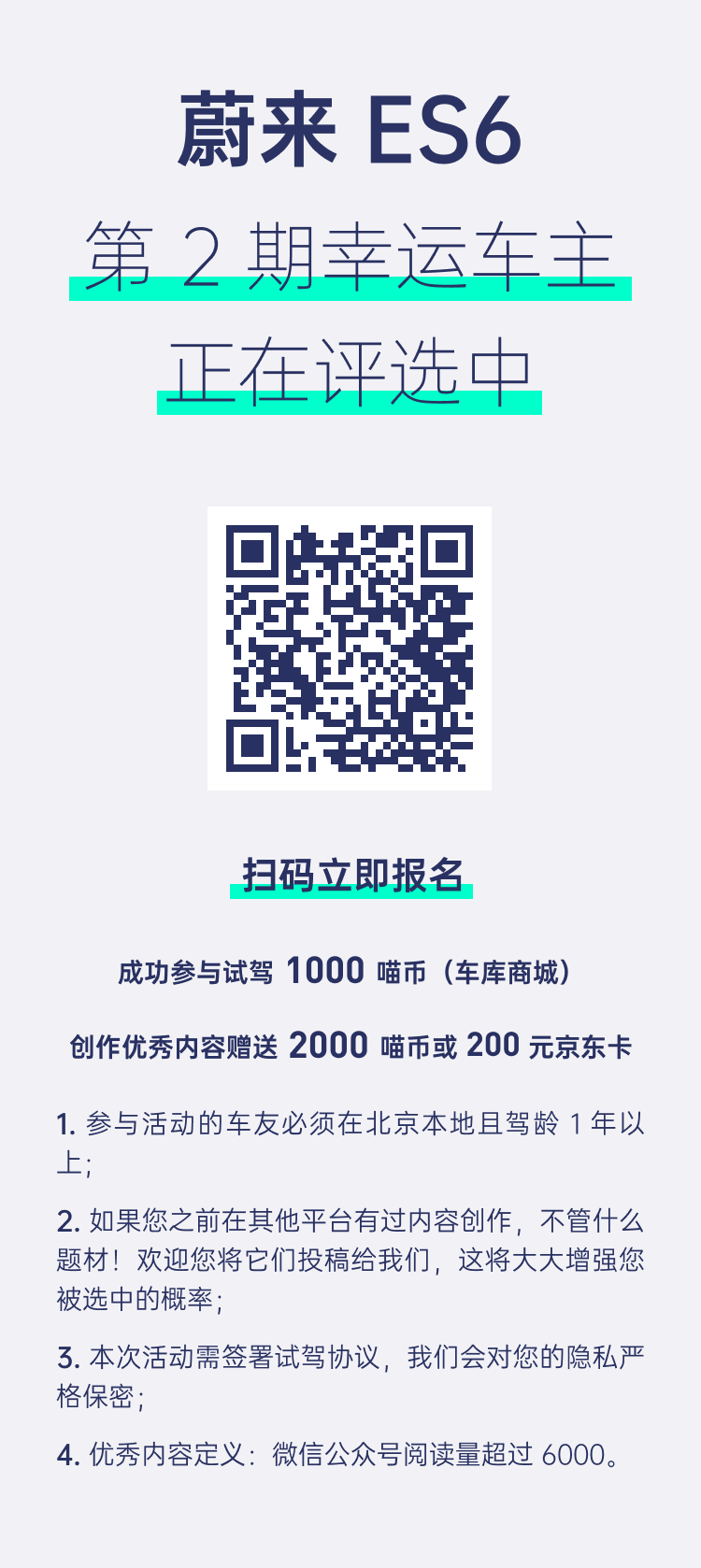



This article is a translation by ChatGPT of a Chinese report from 42HOW. If you have any questions about it, please email bd@42how.com.


